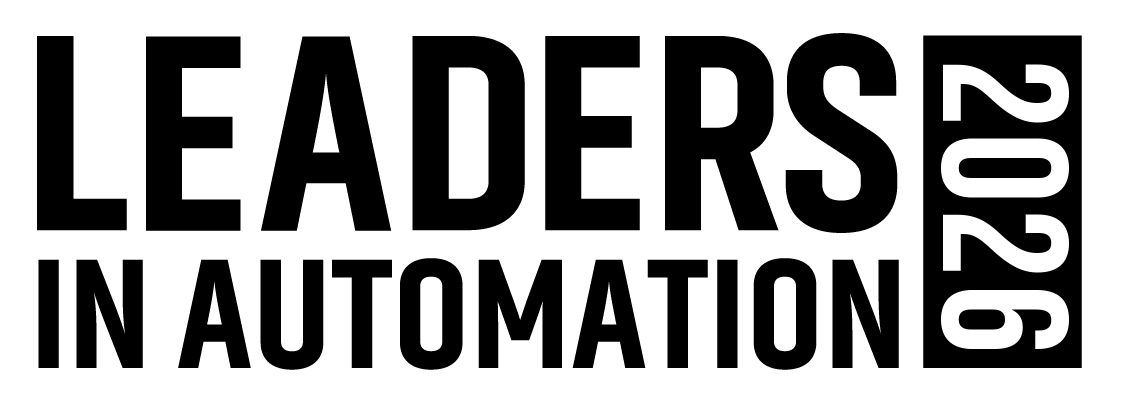The Realities for the Future of Ethernet-APL
Automation engineers face challenges with diverse bus technologies like Profibus, DeviceNet, HART and Modbus/RTU, each requiring different cables, interfaces and formats.
While each bus excels in its niche—Profibus and DeviceNet in motor controls, HART for field instruments, and Modbus for miscellaneous devices—this diversity forces users to deploy multiple infrastructures and vendors to support various product lines, Control reported.
Engineers seek a unified solution where a single infrastructure handles all devices, and vendors desire a standard interface across products. Ethernet-based solutions, including the emerging Ethernet-APL, promise to bridge this gap by supporting multiple protocols, allowing for integration of field instruments, motor controls and other devices over a single network.
The move toward Ethernet-APL offers automation engineers a way to consolidate systems. To learn more, read the full article from partner publication Control.

